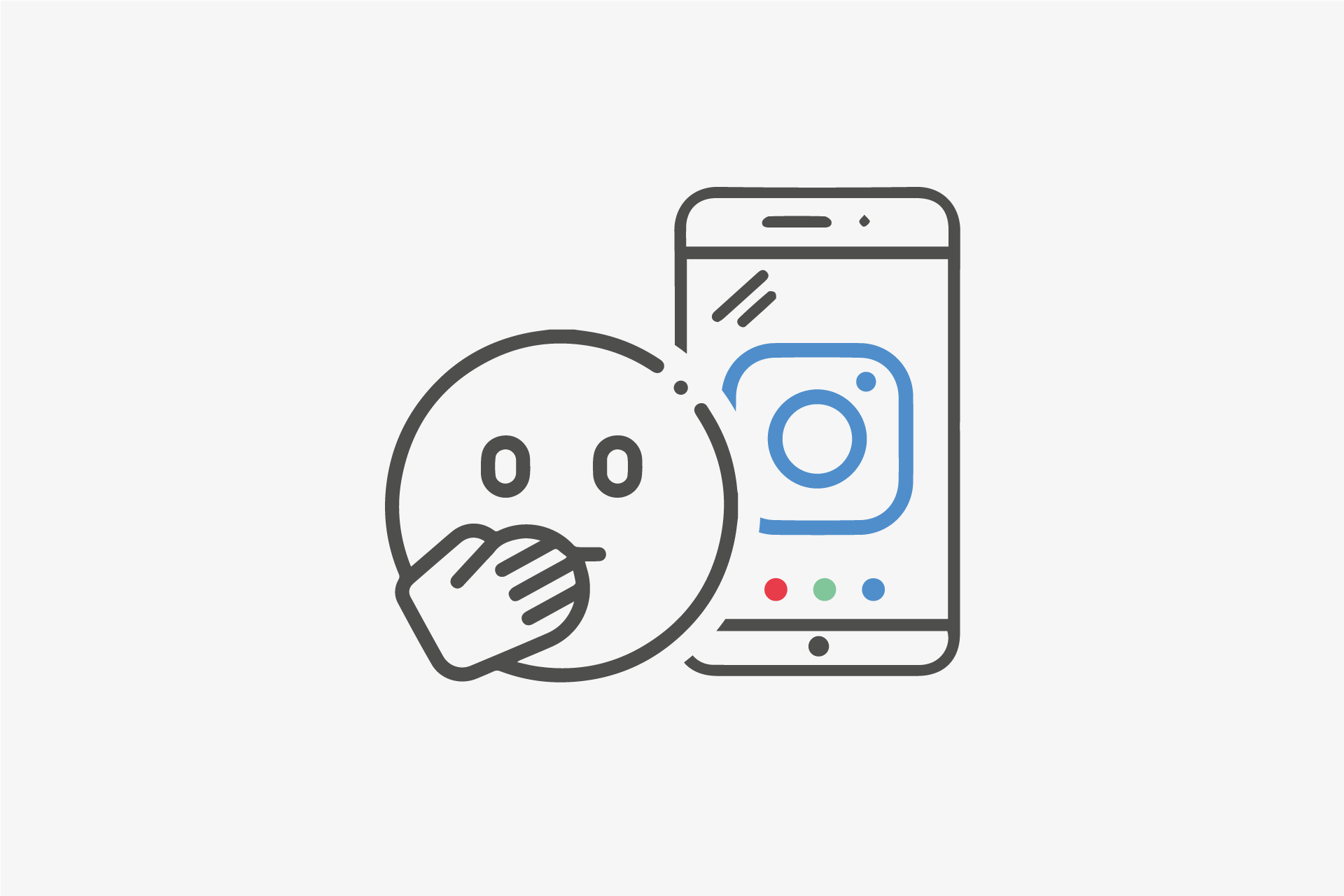Articles
The secret that Instagram doesn't want you to discover
We take a look at the Instagram algorithm change and how to create relevant content to your business
Pamela Ulloa | 17 Mar 2021
The importance of the community manager in the hospitality industry
In this digital era, if you don´t have a presence in the networks, it will be difficult to implement a strategy for growth, visibility and monitoring of your brand.
Gloria Candiani | 19 Oct 2022
What is A/B testing?
In the world of digital marketing and web analytics there is a term you hear a lot: A/B testing. But what is A/B testing?
Rafael Montero | 21 Oct 2022



